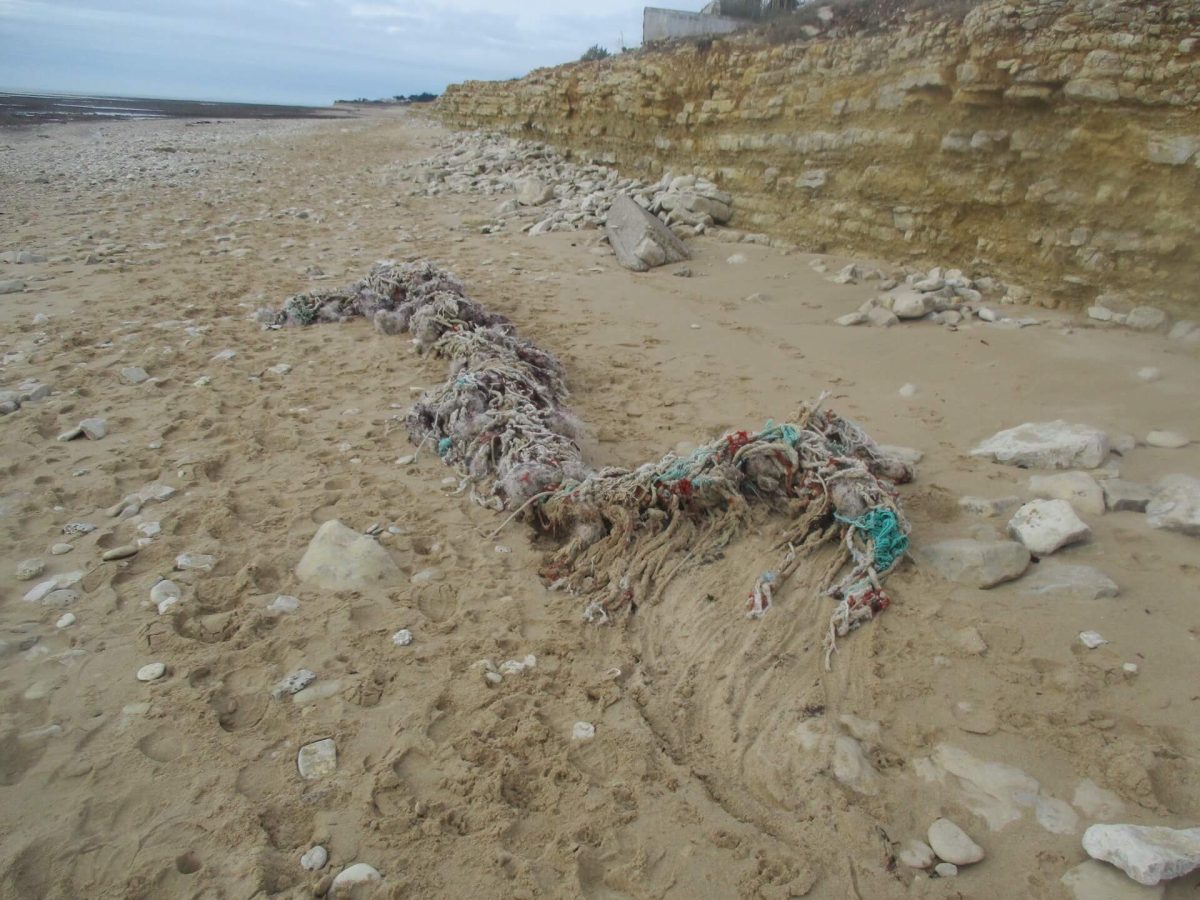When observing the amount of waste along the shoreline, it might be common to think about incivility and think people might have left it behind after a picnic or a walk. But in fact, litter mostly comes from inland (about 80% of it)
Litter finds its way to the coast and into the ocean carried by the water cycle and wind. Almost ¾ of marine litter isn’t visible since they are at the bottom of oceans or in midwater. This urgent issue must be dealt with by setting up effective measures and especially containing pollution at its source.

First, to contain pollution at its source, it is necessary to identify it. Today, OSPAR (Convention for the Protection of the Marine Environment of the North-East Atlantic) beach litter monitoring protocols are implemented by associations and operators in France to identify debris collected from our shoreline. Meanwhile, Spain has included the stranded seabirds issue in its monitoring actions to achieve two goals at the same time.
LIFE SeaBiL Project will ensure a transnational dialogue to harmonize French and Spanish protocols. That way, litter would be identified according to the same categories, which will guarantee a transnational process of identification of litter in Europe.
In France, a new analysis protocol for mesoplastics and large microplastics will be tested and adapted, together with CEDRE.

The implication of public authorities in this identification process is essential. In France, LIFE SeaBiL Project will work together with the PNMEGMP pilot site’s authorities with the aim of local characterization of sources and implementation of waste reduction planning.
In Spain, marine debris collectors will be installed to raise awareness amongst users and characterize collected litter.